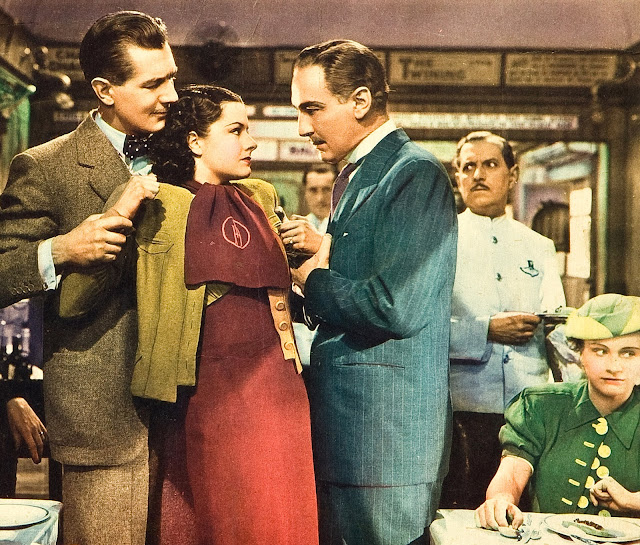Did We Like Silly With Shrieks?
 |
| Faces --- Frightened Faces --- Adorn a Typical Universal Combo Chiller Ad |
When Fun Ranked Even With Fright
I'd like knowing just what sort of expectation young people brought to so-called "horror" combos during the early 40's. I say young people for guessing that this was overwhelmingly the age group attending such programs. What appeal could they have had for older patronage?
 |
| ... and What a Shock Staple This Was Through a Syndicated Era |
 |
| A Naval Honor Guard for Man-Made Monster? Seeing Is Believing! |
 |


























































